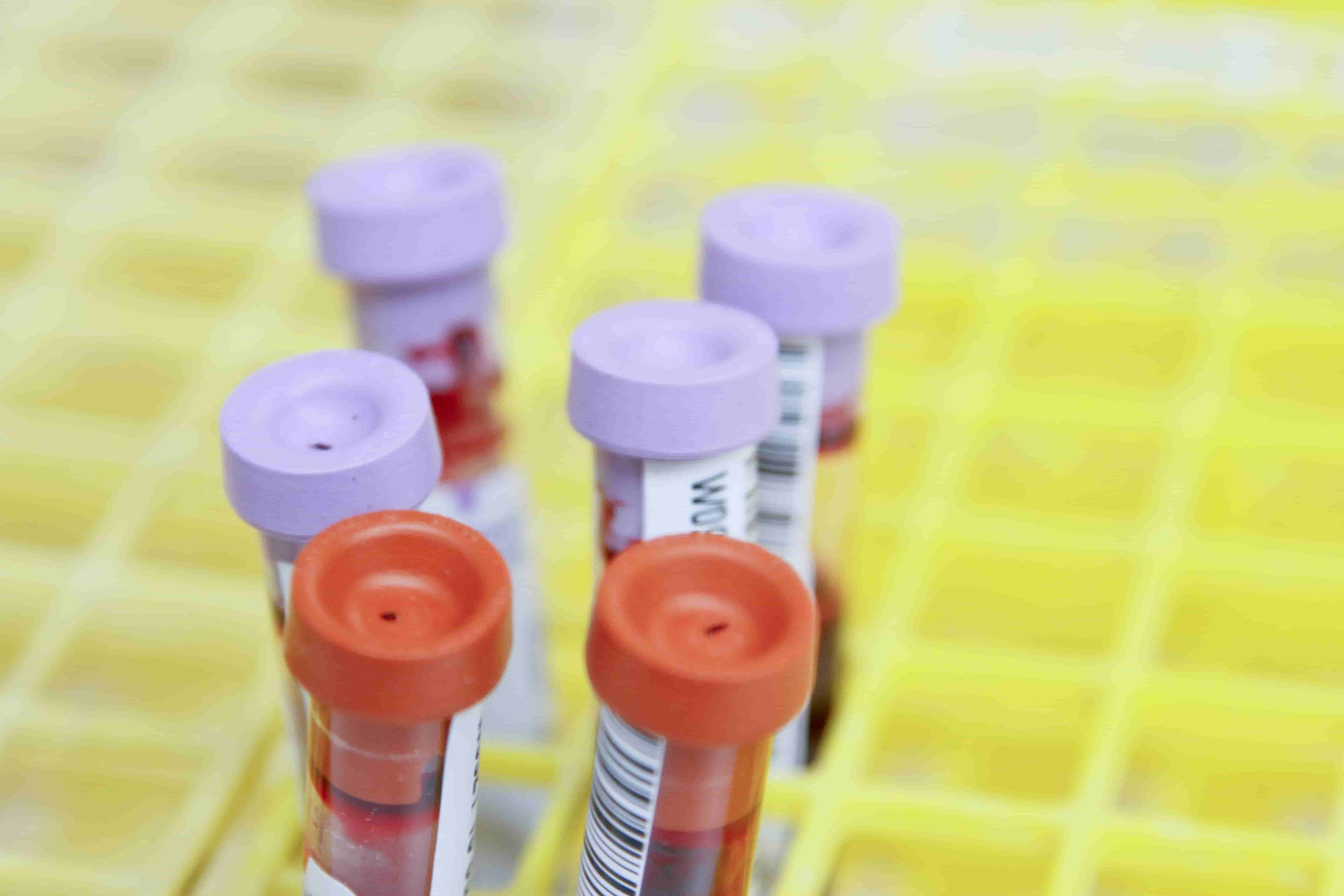HIV/AIDS continues to be one of the most pressing global health challenges, with millions affected worldwide. A new study sheds light on how socioeconomic and behavioral factors contribute to HIV-related deaths, revealing critical insights that could help shape future policies and interventions. By examining data from 135 countries across multiple regions, the study explores how income, education, drug use, and unsafe sexual behaviors influence HIV mortality, painting a clearer picture of the systemic and behavioral barriers to combating this disease.
Behavioral Risks and HIV Mortality
Drug use and unsafe sexual practices were found to be two of the most significant behavioral risk factors for HIV-related deaths. Drug use not only increases the likelihood of unsafe sexual behaviors but also contributes to the spread of HIV through needle sharing. Similarly, individuals engaging in unsafe sex are more likely to contract and transmit the virus, particularly in regions where awareness and access to preventive measures are limited.
Interestingly, the study also highlights how these behaviors differ across regions. For instance, in wealthier nations, addressing drug use could have a more immediate impact on reducing HIV mortality rates. In contrast, in low-income countries, unsafe sexual practices remain a dominant factor, often tied to a lack of education and resources.
Socioeconomic Influences: Income and Education
The role of socioeconomic factors, particularly income and education, cannot be overstated. Countries with higher gross national income (GNI) and greater access to education generally report lower rates of HIV-related deaths. Education plays a dual role: it not only provides individuals with knowledge about safe practices and HIV prevention but also empowers them economically, reducing vulnerability to risky behaviors.
For example, the study found that increasing the average years of schooling significantly reduced HIV-related deaths across all regions. In Sub-Saharan Africa, where HIV prevalence is highest, improving education and economic opportunities could be game-changing. Similarly, higher income levels were associated with better access to healthcare, including life-saving antiretroviral therapy, which has been shown to dramatically reduce HIV transmission and improve survival rates.
Global Patterns and Regional Differences
The study also uncovered regional disparities in the factors driving HIV mortality. In Sub-Saharan Africa, socioeconomic factors like education and income play a larger role, emphasizing the need for long-term investments in these areas. On the other hand, in developed countries, addressing drug use and enhancing public health interventions could yield quicker results.
The interplay of these factors creates a complex picture. For example, in regions like the Middle East and North Africa, unsafe sexual practices showed a gradual but increasing influence on HIV mortality, highlighting the importance of tailored, region-specific strategies.
What Can Be Done?
The findings underscore the importance of addressing both behavioral and socioeconomic factors in the fight against HIV. Policies that prioritize education, provide better economic opportunities, and make healthcare accessible to all are critical. For developed nations, targeted programs to reduce drug use could have an immediate impact. For low-income countries, investing in education and expanding access to antiretroviral therapies are key.
Moreover, raising public awareness about the risks of unsafe sex and drug use through education campaigns could help prevent new infections. Providing affordable and accessible HIV testing and treatment, particularly in underserved areas, is another essential step.
A Call to Action
This study offers a roadmap for tackling HIV mortality by addressing the root causes tied to behavior and socioeconomic conditions. It’s a reminder that the fight against HIV/AIDS is not just a medical challenge but a societal one, requiring collaboration between governments, healthcare providers, and communities.
By understanding the interconnected roles of income, education, and behavior, we can break the cycle of HIV transmission and mortality, paving the way for a healthier, more equitable future.


